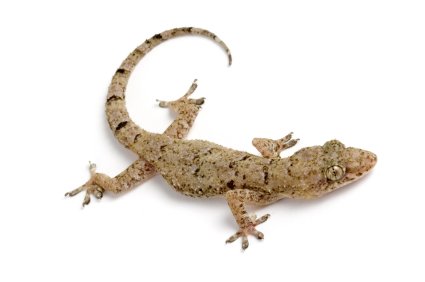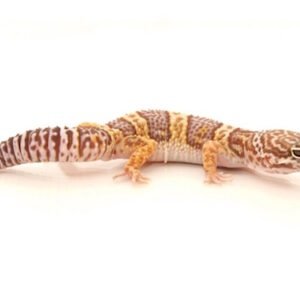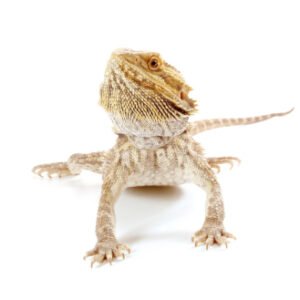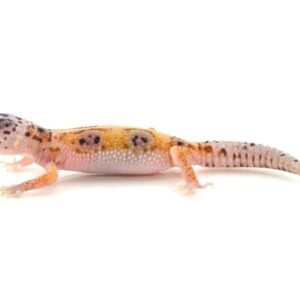Understanding the Mediterranean House Gecko
The Mediterranean House Gecko, scientifically known as Hemidactylus turcicus, is a small lizard native to the Mediterranean region. These reptiles have adapted remarkably well to human environments, resulting in their presence across various countries. Typically, they thrive in warm climates, favoring habitats such as rocky walls, gardens, and the crevices of buildings. Their natural habitat plays a significant role in shaping their behavior and characteristics.
Physically, the Mediterranean House Gecko is recognized for its slender body, large eyes, and smooth skin, which is predominantly grey or light brown. The unique coloration serves as an effective form of camouflage, allowing them to blend seamlessly into their surroundings, particularly during the daytime when they rest in shaded areas. Adult geckos generally reach lengths of 3 to 6 inches, with variations depending on environmental conditions and genetic factors.
These geckos are predominantly nocturnal, making them most active during the night when they hunt for food. Their diet primarily consists of insects and other small invertebrates, which they catch with their quick reflexes. They possess a keen sense of hearing and can detect the faintest of sounds, a skill that helps them locate prey or avoid predators. Additionally, their unique vocalizations, including chirps and clicks, serve various purposes ranging from communication with other geckos to establishing territory. Social behaviors include both solitary and group living, depending on resource availability and environmental pressures.
Understanding the Mediterranean House Gecko’s biology and behavioral characteristics is essential for potential pet owners. Their active and engaging nature, combined with their adaptability, makes them unique companions. Knowing their dietary needs, social behavior, and habitat requirements will help ensure a fulfilling experience for both the gecko and its owner.
Creating the Perfect Habitat for Your Gecko
Establishing an optimal habitat for your Mediterranean House Gecko is crucial for its health and well-being. The enclosure should be spacious enough to allow for movement and exploration. A terrarium measuring at least 20 gallons is recommended, with a height of at least 18 inches, as these geckos enjoy climbing. Ensure that the enclosure features secure ventilation to maintain a stable environment.
Temperature regulation is vital. Mediterranean House Geckos thrive in temperatures ranging from 75 to 85 degrees Fahrenheit during the day, with a basking area that can reach up to 90 degrees Fahrenheit. A drop in temperature at night is normal, as it should not fall below 65 degrees Fahrenheit. Utilizing heat lamps or ceramic heat emitters can effectively maintain these temperature ranges. Always provide a thermometer to monitor the conditions accurately.
Humidity levels within the habitat should be maintained between 40% and 60%. Utilizing a hygrometer can assist in monitoring humidity, and it is advisable to mist the enclosure lightly a few times a week. This not only aids in humidity control but also provides your gecko with water droplets to drink. It’s essential to ensure that the substrate allows for proper drainage and humidity retention. Suitable substrates include coconut fiber, reptile carpet, or paper towels.
Incorporating multiple hiding spots is critical, as Mediterranean House Geckos are nocturnal and prefer secluded areas for safety. Use items such as rock caves or plants, both natural and artificial, to create a rich, stimulating environment. Additionally, introducing climbing structures—like branches or logs—will allow your gecko to engage in natural behaviors, promoting their overall health. By attentively considering these habitat requirements, you will ensure your Mediterranean House Gecko not only survives but thrives in its new home.





